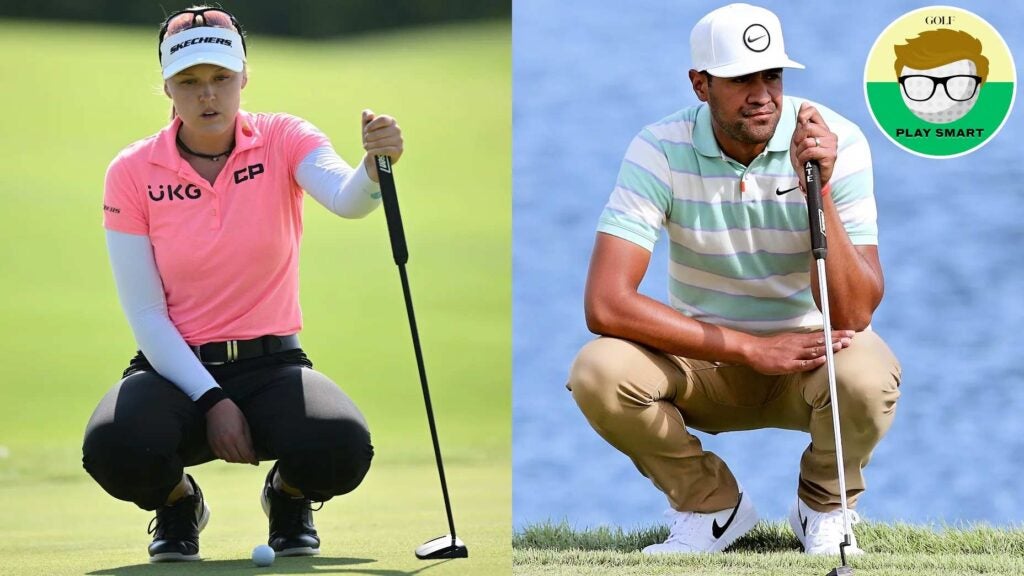Welcome to Play Smart, a column to help you play smarter, better golf from Game Improvement Editor Luke Kerr-Dineen (who you can follow on Twitter right here).
I’ve always found it funny that that golfers have exactly one connection to the club that we’re swinging: Through the grip. Yet for as important as our grips are to our overall golfing well-being, we don’t talk about it as much as we should.
Nevertheless, grip technology is pushing forward whether you’re paying attention or not. The innovations are most apparent on the putting greens, where companies don’t just change textures and weights, but have more liberty in altering the shape of your putter grip. One of the newest names on the forefront of this is Garsen Grips, which last week was just used by two tour winners: Brooke Henderson at the the Amundi Evian Championship and Tony Finau at the 3M Open. Henderson used a non-taper Quad version, while Finau has used the “Ultimate” version.
Different shapes can do different things to your putting stroke based on how your arms and wrists are prone to move. Garsen’s grips come in a few shapes, but all the grips are designed around the same theory: To sit more in the palms of your hands, so your hands are gripping more on each side of the grip. This has the effect of rotating each of your arms externally, which tucks your shoulders more into your side and locks them into place.
On the right you can see me playing around with one in my garage. You can see the grip puts my left hand into a traditionally “weak” position, my right into a “strong” position, which tucks my elbows into my torso and keeps everything moving together in one unit.
The company itself has some science to back up the benefits to golfers. A study of 23 golfers averaging a 12.7 handicap using the advanced Quintic putter system as they hit multiple different putts found that compared to a standard grip, the Garsen grips:
- Helped golfers hit more up on the ball by increasing the angle of attack (0.8 degrees vs. 0.14 degrees for a normal grip).
- This change imported more topspin on the ball, which resulted in 30 percent less side spin and 40 percent less skid
The study also found that, because the grip placed the joints in the arms into a more locked position to the side, it resulted in less deviations across the board, particularly in face angle, which decreased by half a degree.
Obviously if golf has taught us anything, it’s that there’s no silver bullet to solve all our woes, but if nothing else it’s an interesting idea from Garsen, and one with an increasing number of proof points behind it.
